The Ultimate Guide to Forex Trading Courses
In today’s financial landscape, forex trading course Online Trading Brokers have become essential to accessing various trading instruments, including currencies, stocks, and commodities. Among these, Forex trading stands out due to its global reach and accessibility. As more individuals seek to capitalize on this market, the demand for comprehensive Forex trading courses continues to grow. This article will delve into the essential aspects of Forex trading courses, enabling you to make informed decisions on your trading education.
What is Forex Trading?
Forex trading, or foreign exchange trading, involves the buying and selling of currencies in pairs. This market is the largest and most liquid financial market in the world, with a daily trading volume exceeding $6 trillion. Traders aim to profit from changes in currency exchange rates, making it possible to trade 24 hours a day, five days a week.
Why Take a Forex Trading Course?
Embarking on a Forex trading journey without adequate knowledge can lead to costly mistakes. Here are some compelling reasons to consider enrolling in a Forex trading course:
- Structured Learning: A good course provides a structured curriculum that encompasses all the essential topics, from the basics of Forex to advanced trading strategies.
- Expert Guidance: Courses are often taught by experienced traders who share their insights and experiences, helping you avoid common pitfalls and misunderstandings.
- Practical Skills: Many courses include practical training with simulated trading platforms, allowing you to practice trading in a risk-free environment.
- Networking Opportunities: Participating in a course allows you to meet other aspiring traders, offering a chance to share tips, strategies, and support.
What to Look For in a Forex Trading Course

Choosing the right Forex trading course can be challenging, given the vast selection available online. Here are some key factors to consider:
- Reputation: Research the course provider and read reviews or testimonials from former students to ensure credibility.
- Course Content: Look for a course that covers all essential topics, including risk management, technical analysis, and trading psychology.
- Flexibility: Consider whether the course format suits your learning style—videos, live classes, or written materials.
- Support: Ensure that the course offers ongoing support or mentorship, as this can be invaluable when you start trading on your own.
Types of Forex Trading Courses
Forex trading courses vary significantly in content and delivery. Here are some common types:
- Beginner Courses: These courses introduce the basics of Forex trading, including terminology, how to read currency pairs, and basic trading concepts.
- Intermediate Courses: Aimed at those who have a foundational understanding, these courses delve into advanced trading strategies, risk management, and technical analysis.
- Advanced Courses: These are designed for experienced traders, focusing on high-level strategies, market psychology, and algorithmic trading.
- Workshops and Webinars: Many institutions offer short-term workshops or webinars focusing on specific aspects of Forex trading, such as technical indicators or trading systems.
The Cost of Forex Trading Courses
The cost of Forex trading courses can vary widely based on the provider, content, and level of support offered. Here’s a general breakdown:
- Free Courses: Many brokers and online platforms offer free resources to help beginners get started.
- Paid Courses: These can range from $50 to several thousand dollars. Extensive courses with personalized mentoring typically fall into the higher price range.
- Subscription Services: Some platforms operate on a subscription basis, charging a monthly fee for access to ongoing training and resources.

Online vs. In-Person Forex Trading Courses
With the rise of online education, many Forex trading courses are now available online. Here are some pros and cons of both options:
Online Courses
- Flexibility: Learn at your own pace and on your own schedule.
- Access to Resources: Online courses often provide a wealth of resources, including videos, articles, and forums.
- Lower Costs: Online courses tend to be more affordable than in-person options.
In-Person Courses
- Direct Interaction: Direct access to instructors and fellow students fosters a collaborative learning environment.
- Networking Opportunities: In-person courses can facilitate valuable networking with other traders.
- Hands-On Experience: Many in-person courses include live trading sessions, which can be beneficial for hands-on learners.
Conclusion
Investing in your Forex education through a quality trading course can significantly enhance your chances of success in the Forex market. With the right knowledge, tools, and strategies, you can navigate the complexities of trading and work towards becoming a proficient Forex trader. Remember to assess your individual needs and learning style as you choose a course that fits your objectives. Whether you opt for online resources or in-person workshops, the important thing is to start your education in Forex trading today.
Embarking on your Forex trading journey can be daunting, but with dedication and the right education, you can master the skills necessary for successful trading.


